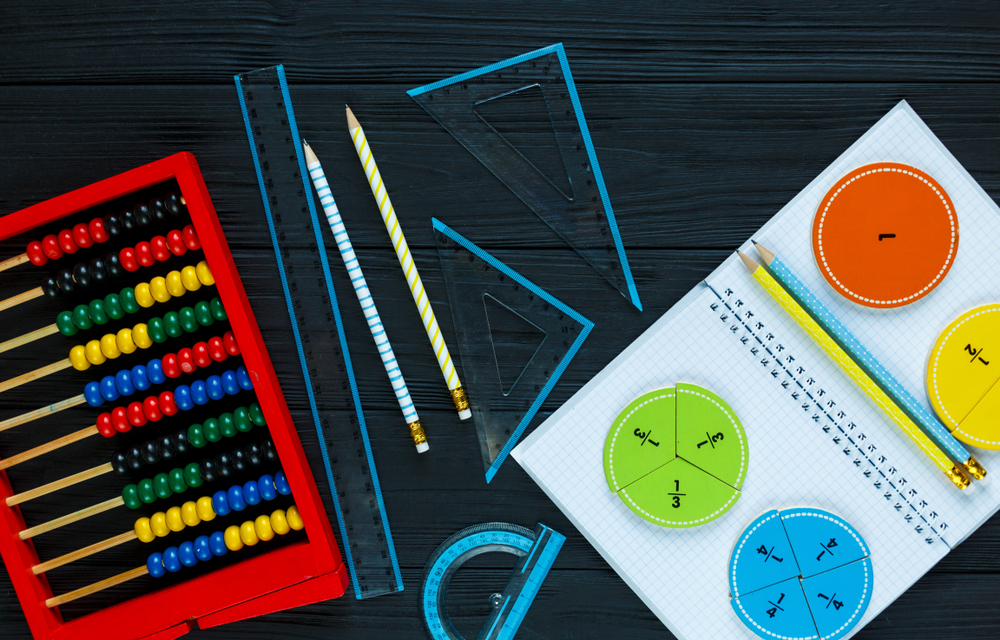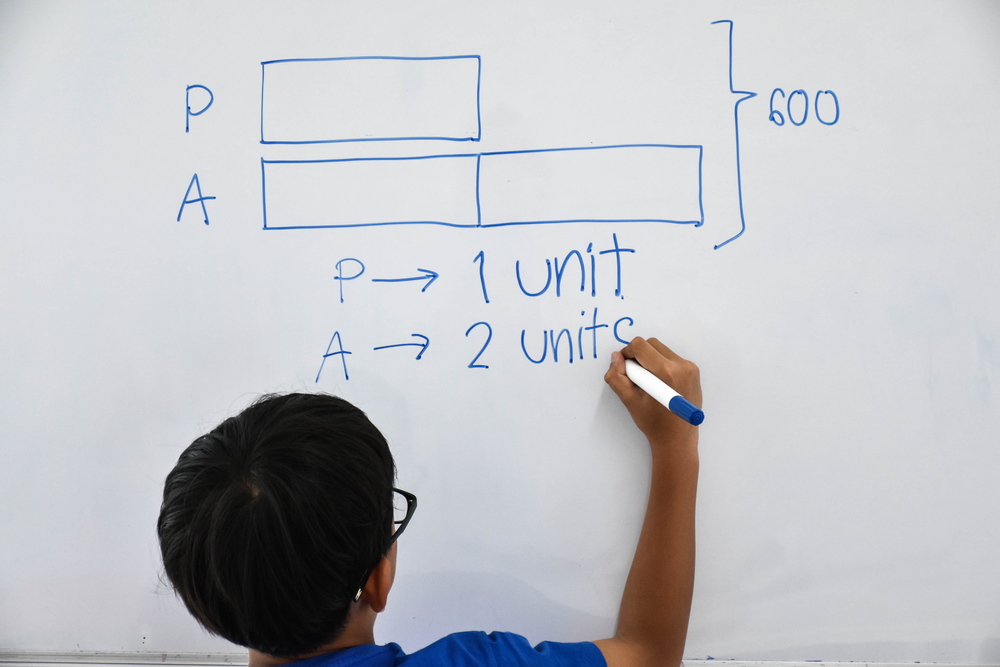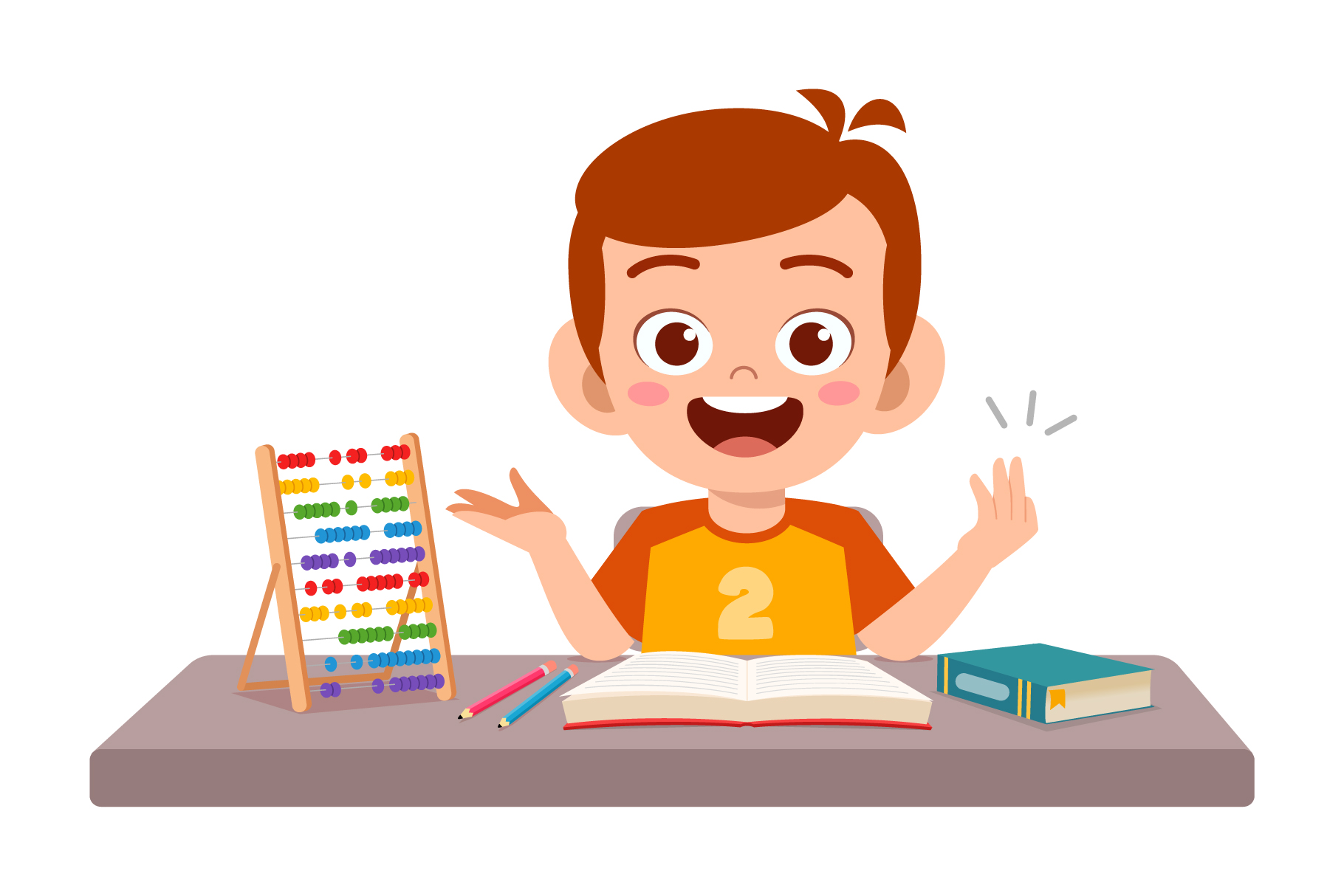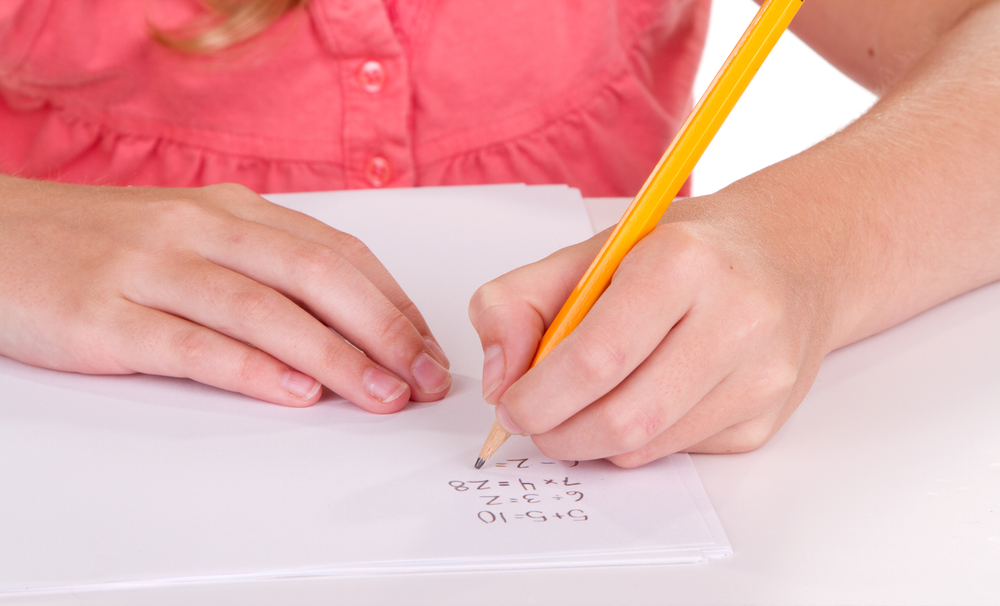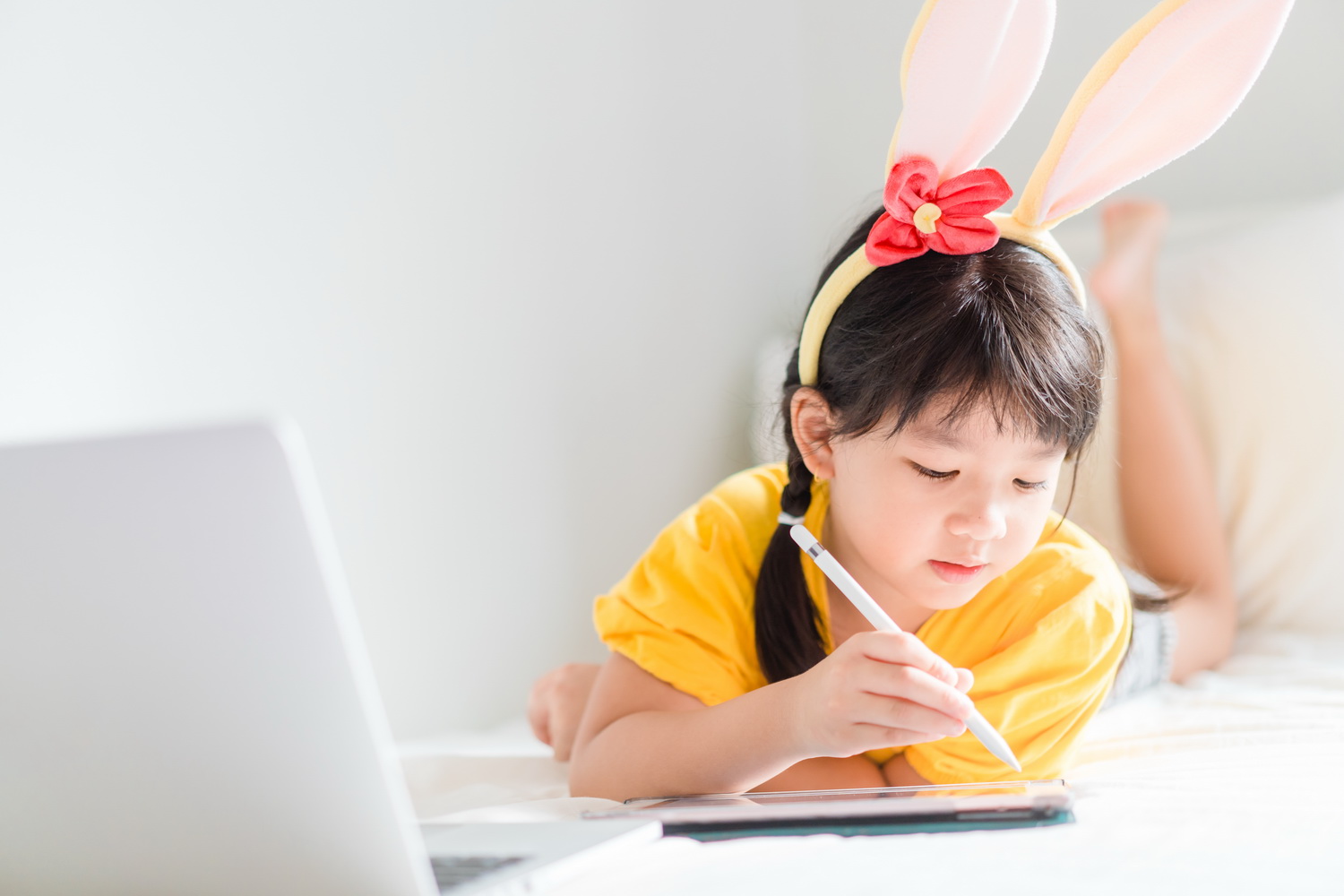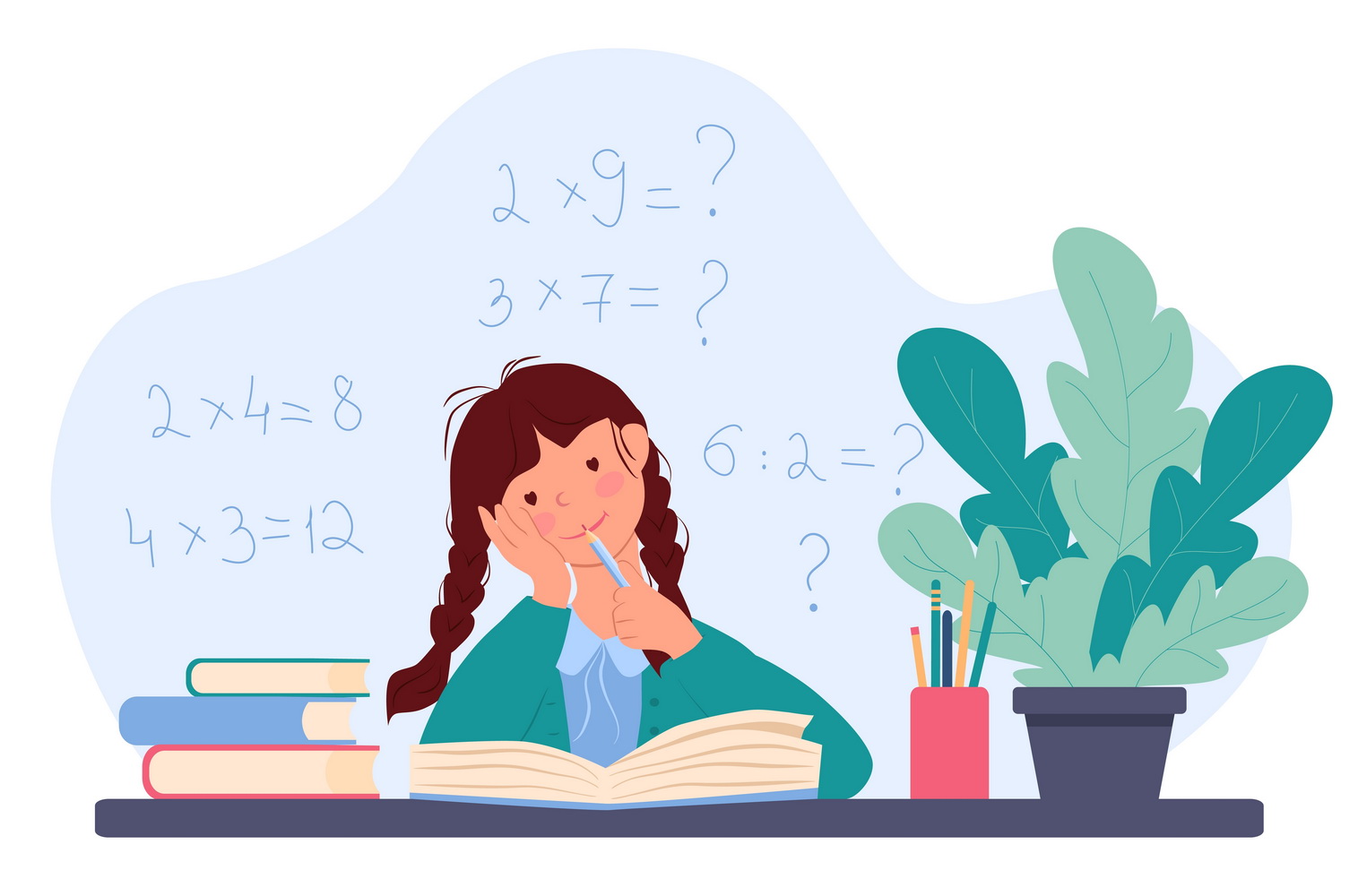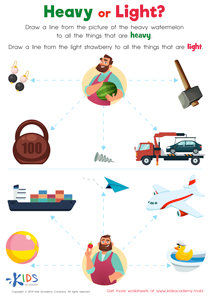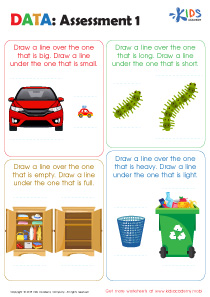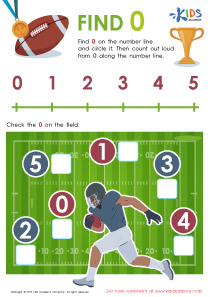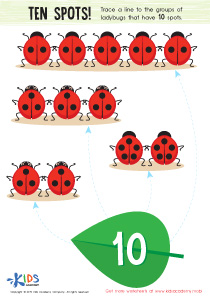Historical Knowledge Normal Multiplication Worksheets
4 filtered results
-
From - To
Welcome to our "Historical Knowledge Normal Multiplication Worksheets" page, where learning meets history! These engaging worksheets not only help students master multiplication skills but also introduce them to fascinating historical facts and figures. Designed for early learners, each worksheet combines math practice with historical insights, making multiplication relatable and fun. Students will explore various time periods and figures while enhancing their number fluency. Ideal for classroom use or homework, these resources aim to spark curiosity and a love for learning by blending essential math skills with captivating stories from the past. Encourage your child's growth in both math and history today!
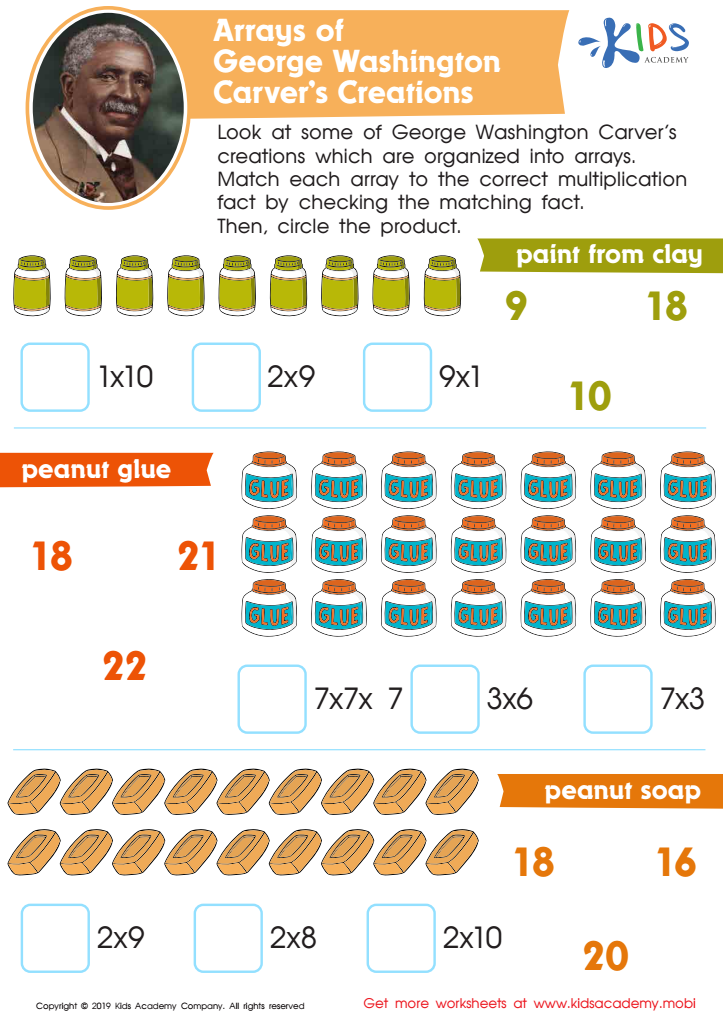

Arrays of George Washington Carver’s Creations Worksheet
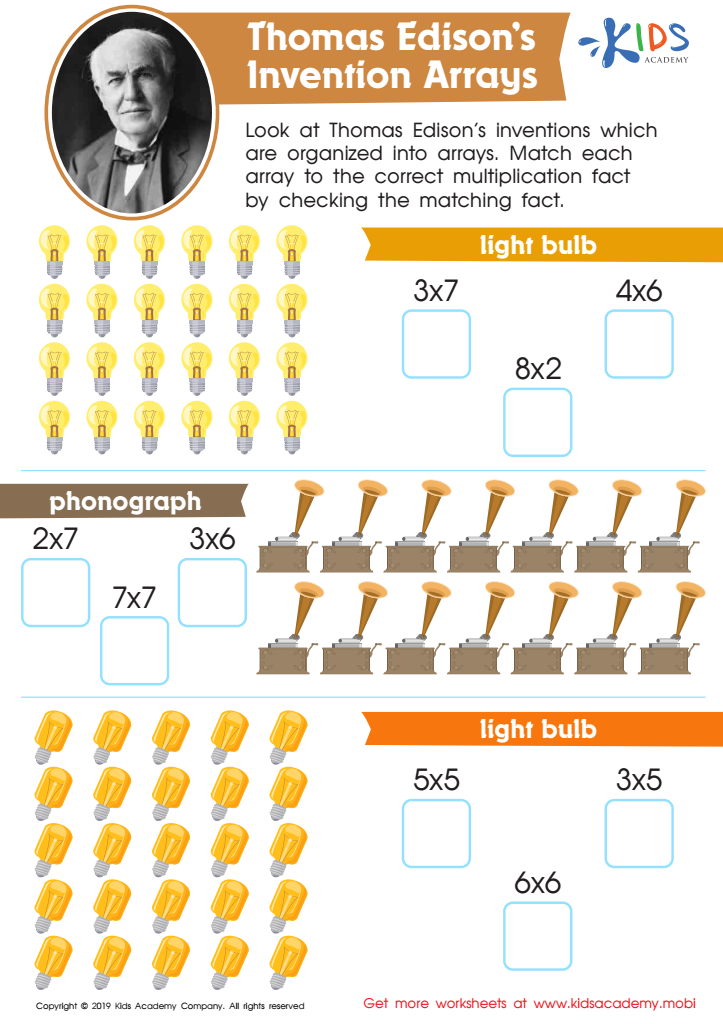

Thomas Edison’s Invention Arrays Worksheet
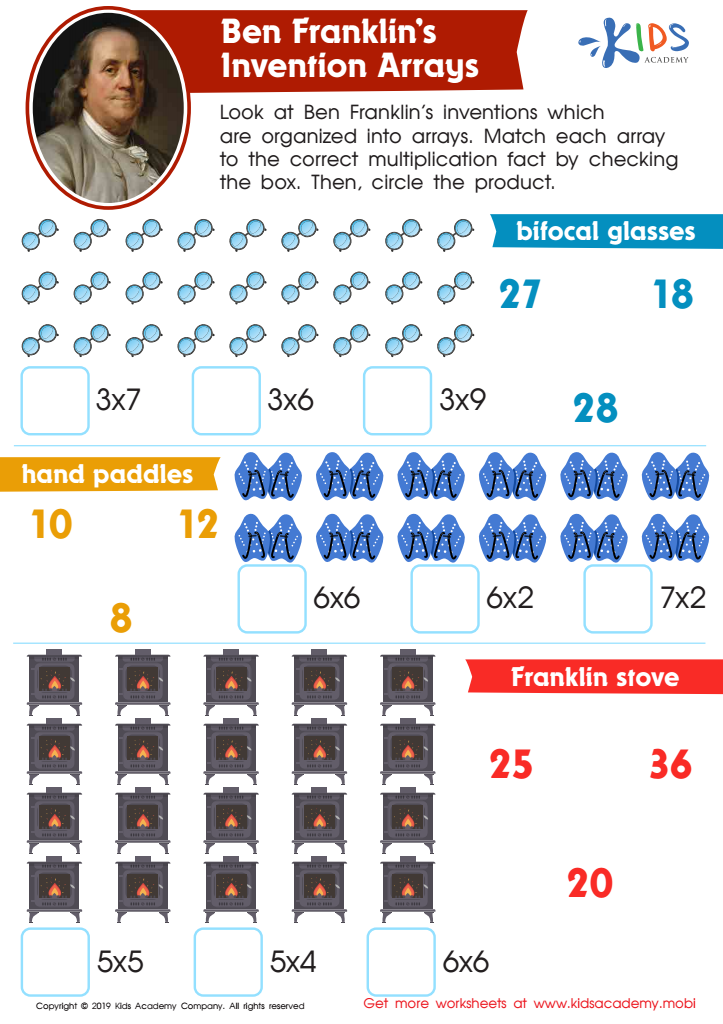

Ben Franklin’s Invention Arrays Worksheet
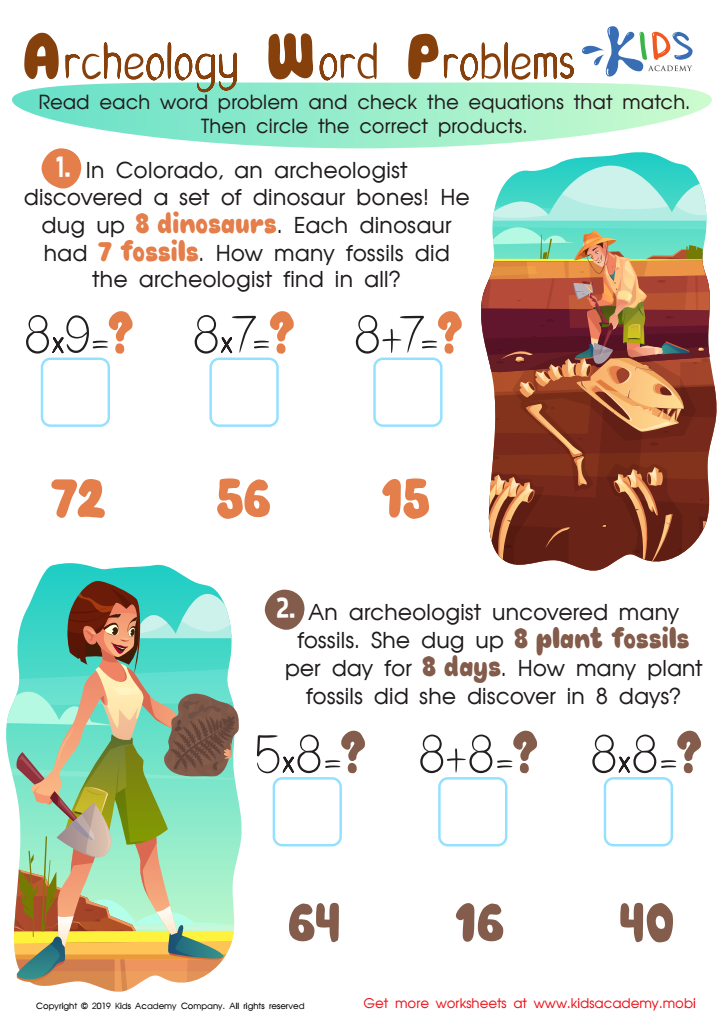

Archeology Word Problems Worksheet
Parents and teachers should care about historical knowledge of normal multiplication because it provides critical insights into the development of mathematical concepts that children encounter today. Understanding the evolution of multiplication methods, from ancient techniques to modern algorithms, helps educators and caregivers appreciate why certain approaches are taught in schools. Historical knowledge can make math more engaging; by sharing stories about mathematicians and their discoveries, teachers can foster a sense of curiosity and wonder about numbers.
Moreover, contextualizing multiplication within its historical framework enhances students' comprehension. Knowing that multiplication was a necessary tool for trade and commerce in various civilizations can help students view mathematics as a practical, real-world skill. This understanding can build their confidence and interest in subjects that are often intimidating.
Additionally, examining different cultural approaches to multiplication—like the lattice method or partial products—can empower students to choose strategies that resonate with them, promoting a more personalized learning experience. Ultimately, emphasizing the history of multiplication isn't just about teaching a method; it's about cultivating a mathematical mindset that values exploration, cultural heritage, and lifelong learning, positioning students for success in both academic and everyday contexts.
 Assign to My Students
Assign to My Students




